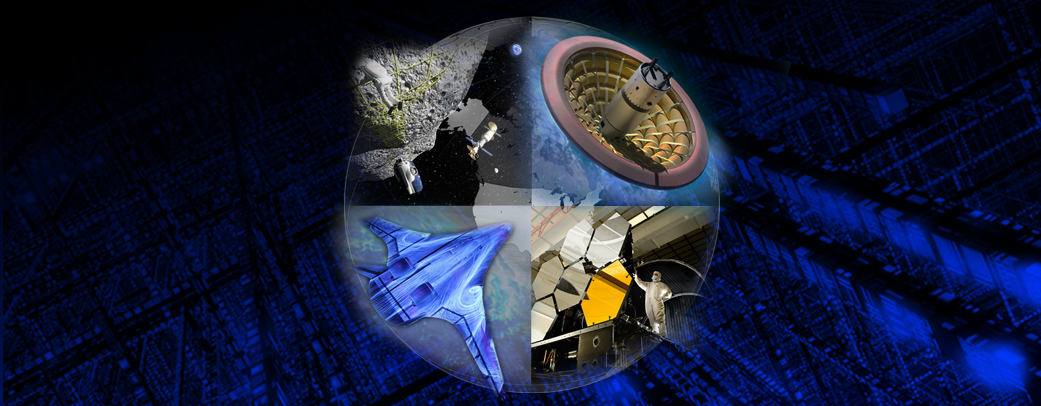Brian Muirhead: Mars Sample Return Mission Overview
Returning samples from Mars to Earth will not only allow us to study Martian materials using various methods not available on a Lander or Rover but will also demonstrate an ability to return from Mars. Demonstrating return capability is a key step in advancing Mars Science and Human Exploration. As the clock ticks down to the Mars 2020 Rover Mission, NASA is exploring the option for a sample return.
Abstract:
This talk provided an overview of the current Mars Sample Return (MSR) mission campaign. The architecture and design options of a Mars Sample Return Lander (called Sample Return Lander, SRL) and the payload flying on the Earth Return Orbiter (ERO) will be described. Key mission objectives and the overall mission design will be discussed, including the mission’s phases and notional timelines. The overall lander vehicle concepts including the Mars Ascent Vehicle (MAV), Fetch Rover, Orbiting Sample container (OS), and tube transfer robotics systems will be described. The current ERO options for the Capture/Containment Module (CCM) and the Earth Return Module (ERM) will also be discussed.
The information provided about possible Mars sample return architectures is for planning and discussion purposes only. NASA has made no official decision to implement Mars sample return.
Biography:
Brian Muirhead has 40 years of hands-on experience in development and leadership of high technology projects including some of NASA’s Jet Propulsion Laboratory’s most challenging missions, including the Galileo mission that explored Jupiter, and the Shuttle Imaging Radar-C that created the highest resolution topographic maps ever created of the Earth. He was responsible for the design, development, test, and launch of the Mars Pathfinder spacecraft that landed successfully on Mars on July 4, 1997, beginning a new age of Mars exploration. He was Project Manager of the Deep Impact Project from formulation through design completion in 2002, which successfully impacted comet Tempel 1 on July 4, 2005. He was the Chief Engineer of the Mars Science Laboratory until August 2004, during the invention of the “sky crane” used to land the Curiosity rover on Mars in August 2012. He was named Chief Engineer of JPL in 2004. In February, 2007 Brian was named the Program Systems Engineer for the Constellation Program, which included responsibility for the architecture for a new human exploration spaceflight system to the Moon and beyond. Brian is currently leading the study of NASA’s Mars Sample Return campaign, the mission that would land on Mars, pick up samples taken by the next Mars rover, and launch them into Mars orbit for an orbiter to capture and return them to Earth.
He received his MS in Aeronautical Engineering from Caltech in 1982. He is the recipient of two of NASA’s Outstanding Leadership Medals for his work on Mars Pathfinder and Constellation. He is the author of “High Velocity Leadership” (Harper Business, 1999, with Bill Simon), and “Going to Mars” (Simon and Schuster, 2004, with Garfield and Judy Reeves-Stevens). He speaks to organizations and companies around the world on innovation, leadership and how to “take risk and not fail.” He lives in La Canada-Flintridge, CA with his wife Nancy.































